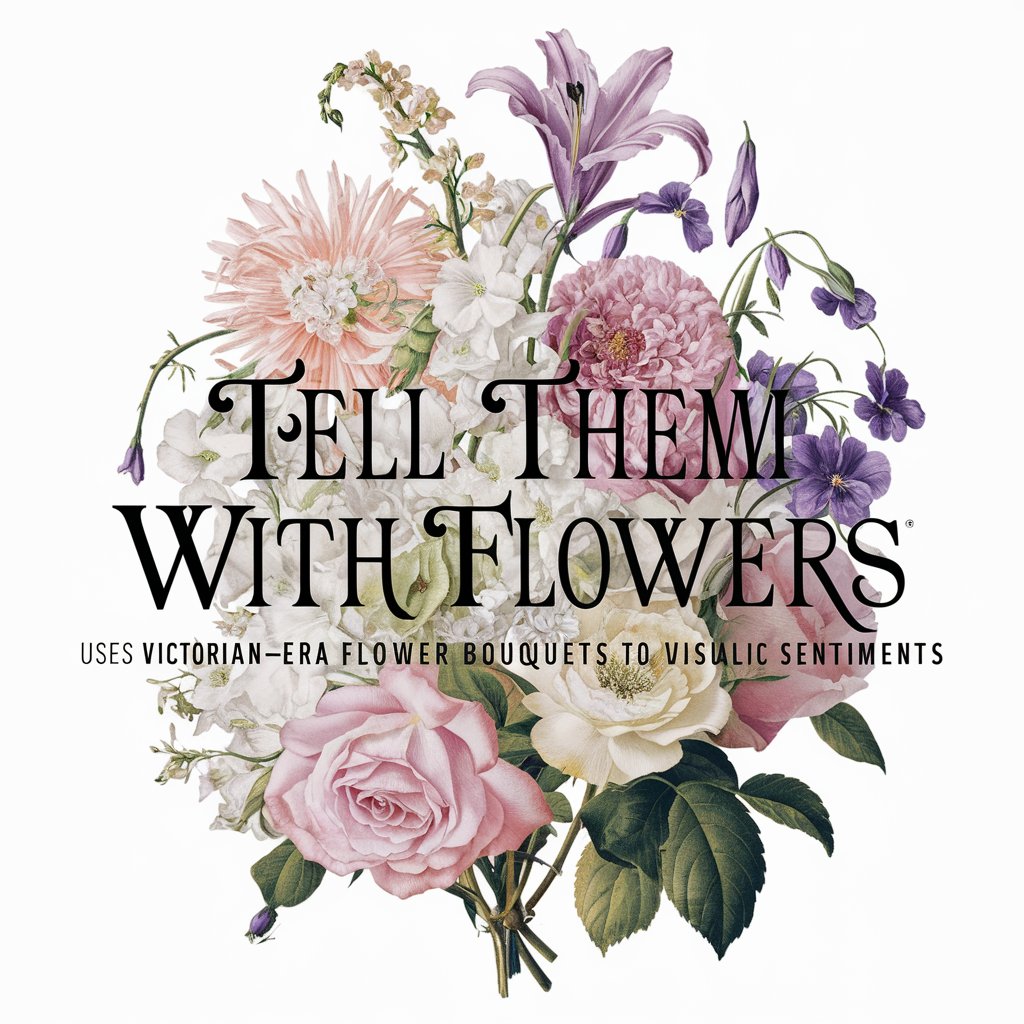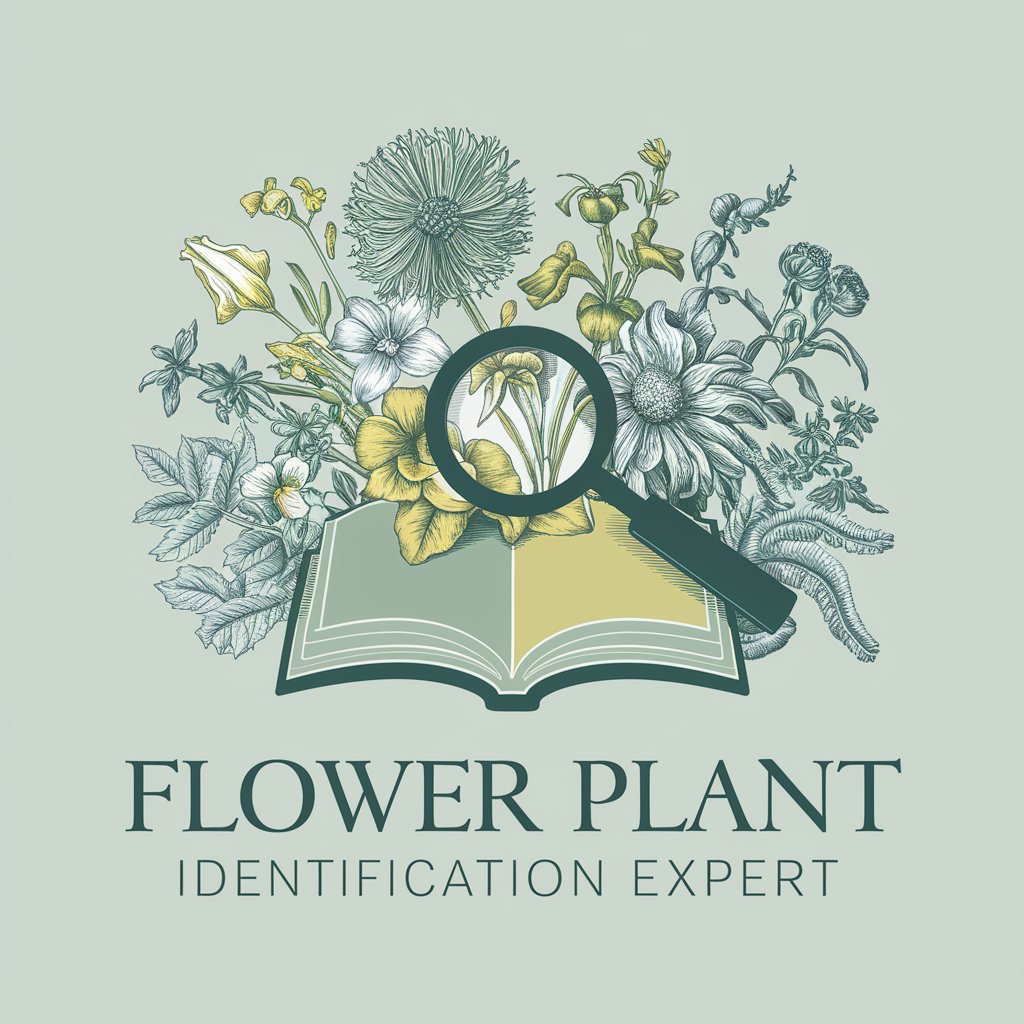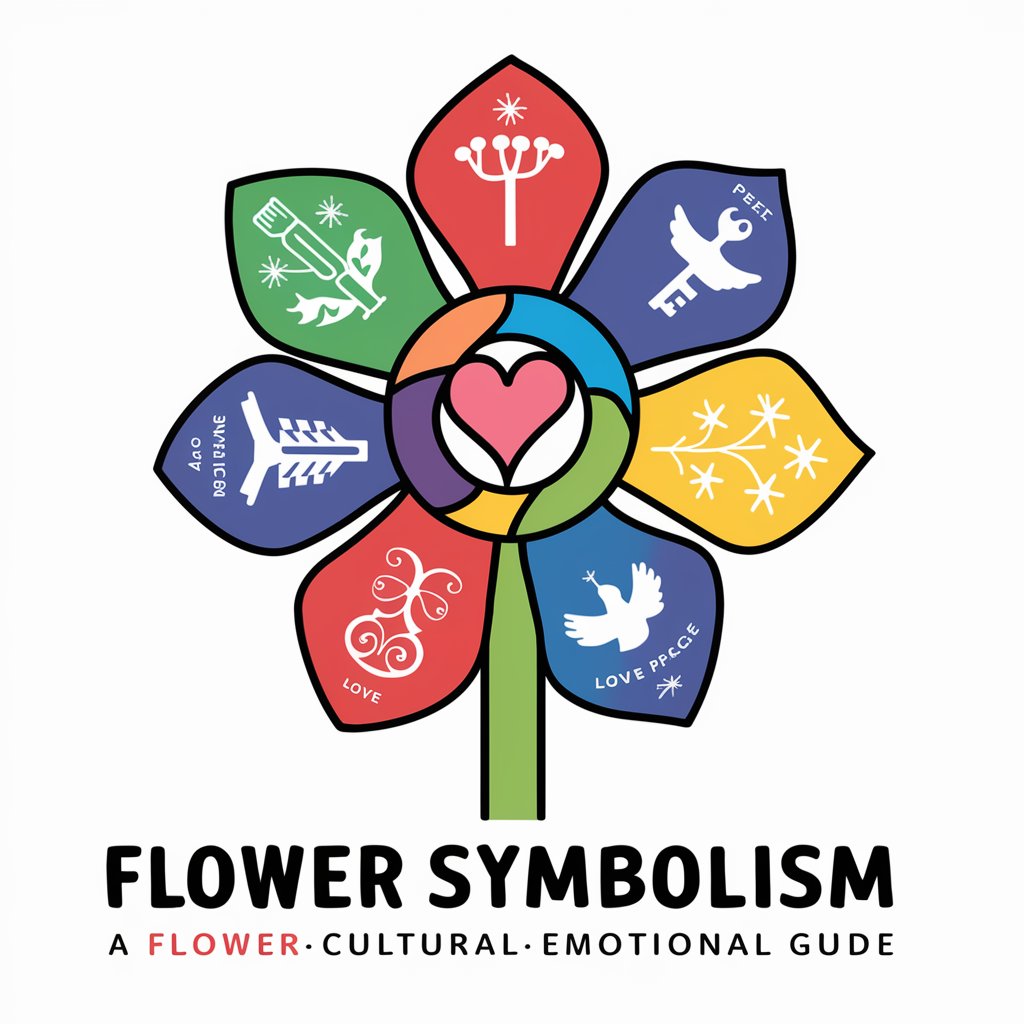
Types of Flowers - Multilingual Flower Identification

Hello! Upload a flower image, and I'll identify it in multiple languages.
Discover Flowers with AI-Powered Insights
What flower is this?
Identify this flower, please.
Describe this flower.
What are similar flowers to this one?
Get Embed Code
Introduction to Types of Flowers
Types of Flowers is a specialized GPT designed to identify and provide detailed information about various flowers from images uploaded by users. It is adept at recognizing a wide array of flowers, offering multilingual names (Korean, English, Japanese, Chinese) for each identified flower. Beyond simple identification, this GPT elaborates on botanical characteristics, interesting facts, and insights about the flower and its similar species. The design purpose revolves around educational enrichment, aiding users in learning more about botany, horticulture, and the rich diversity of the floral world. For instance, when presented with an image of a rose, Types of Flowers not only identifies the flower across four languages but also delves into its cultivation history, varieties, and symbolic meanings across cultures. Powered by ChatGPT-4o。

Main Functions of Types of Flowers
Multilingual Flower Identification
Example
Identifying a 'Tulip' as '튤립' in Korean, 'Tulip' in English, 'チューリップ' in Japanese, and '郁金香' in Chinese.
Scenario
A user uploads an image of a flower they found during a walk. Types of Flowers identifies it in multiple languages, making it easier for the user to share and discuss their finding with international friends.
Botanical Characteristics Description
Example
Describing the 'Sunflower' (Helianthus annuus) as a tall annual plant with a large daisy-like flower face, native to the Americas, and known for its heliotropic head.
Scenario
A student working on a botany project uploads an image of a sunflower for detailed botanical information, which they then use to complete their project report.
Providing Interesting Facts and Insights
Example
Sharing that the 'Orchid' family is one of the largest families of flowering plants, with over 25,000 species, and explaining their unique pollination strategies.
Scenario
An orchid enthusiast uploads various orchid images to learn more about the diversity within the family and unique aspects of different species.
Ideal Users of Types of Flowers
Botany Students and Educators
Students and educators in the field of botany or horticulture would find Types of Flowers invaluable for educational purposes. It helps in identifying various plants during fieldwork or research, and enriches learning materials with detailed descriptions and facts about the flowers.
Gardening Enthusiasts
Gardeners and horticultural hobbyists seeking to expand their knowledge of plant species, care requirements, and gardening techniques would greatly benefit from the detailed information provided by Types of Flowers.
Nature Lovers and Outdoor Explorers
Individuals who enjoy exploring nature and wish to learn more about the flowers they encounter on their hikes, walks, or travels would find this service enriching, as it offers a deeper understanding of the natural world around them.

How to Use Types of Flowers
Start your journey
Visit yeschat.ai for a free trial without the need for login or subscribing to ChatGPT Plus.
Upload an image
Select and upload a clear image of the flower you wish to identify.
Receive identification
Wait for the AI to analyze the image and provide the flower's name in Korean, English, Japanese, and Chinese.
Learn more
Read the detailed description in English about the flower's botanical characteristics and interesting facts.
Explore further
Use additional features to learn about similar species, care tips, and more.
Try other advanced and practical GPTs
Travel Advisor
AI-Powered Costa Rican Adventures

都都Ai360
Powering Your Projects with AI-Driven Estimations

Structured Finance Coach
Demystifying Finance with AI

Global Grammar GPT
Perfecting Grammar with AI Precision

Chrome Extension Creator
Empower your browser with AI-driven extensions.

International SEO and UX Expert Guide
Optimize globally, engage locally.

Séraphine SEO
Revolutionizing SEO with AI-Powered Insights

Bramy garażowe
Empower Your Writing with AI

GPT Trip Planner
AI-Powered Travel Planning Made Easy

News Summarizer
Stay informed with AI-powered news summaries

Bookstore Guru 📚
Empowering your literary journey with AI.

Playboi Carti Lyric Generator
Craft your rhymes with AI's vibe.

FAQs about Types of Flowers
Can Types of Flowers identify any flower?
While Types of Flowers is highly accurate, its ability to identify depends on the clarity and quality of the uploaded image. Rare or hybrid species may pose challenges.
Is the flower information available in languages other than English?
Identification is provided in Korean, English, Japanese, and Chinese, but detailed descriptions and facts are currently offered in English only.
How can I improve the accuracy of flower identification?
For best results, upload high-resolution images with good lighting. Ensure the flower is the main focus and minimize background distractions.
Can I use Types of Flowers for academic research?
Yes, it's a valuable tool for students, researchers, and enthusiasts to identify and learn about various flower species in a multilingual context.
Does Types of Flowers offer gardening tips?
While its primary function is identification and providing botanical information, it may include care tips and information relevant to gardening for some species.





